 Google Earth allows us here at Heritage Key to take your bog-standard map and bring it to life by flying over the still standing ancient wonders of the world, and allowing us to explore them through aerial photography and 3D models. Satellite imagery has proved to be invaluable in archaeology, used to locate features which may not be spotted from the ground. Such aerial images, when combined with models created by budding enthusiasts, allow for anyone to explore an environment with a real feel for the area and its historical features.
Google Earth allows us here at Heritage Key to take your bog-standard map and bring it to life by flying over the still standing ancient wonders of the world, and allowing us to explore them through aerial photography and 3D models. Satellite imagery has proved to be invaluable in archaeology, used to locate features which may not be spotted from the ground. Such aerial images, when combined with models created by budding enthusiasts, allow for anyone to explore an environment with a real feel for the area and its historical features.
Lets face it – your standard tourist map with little pictures of famous relics don’t cut it in a modern world where we can find numerous photographs and articles on pretty much any historical artefact and building we want.
I’ve taken the liberty of compiling together a Google Earth tour of Ancient Rome, complete with images and key facts about ancient relics in this simply amazing city. The tour enables you to fly over and explore the sites and their surroundings, and where you see a Heritage Key logo, you can click it and you’ll see more information about the adjacent landmark.
To view this Google Earth Tour, you will need to download additional software created by Google. You will require Google Earth 5.0 which will need to be installed in order to explore the aerial photography in a 3D environment. Once the software is installed, you will need to return to this webpage and download Google Earth Plugin (Your browser should meet minimum requirements). the Plugin can be downloaded by selecting it in the panel below:
To open webpages in a new window, right click the link in the information window and select “Open link in new window”. This will enable you to view the link in a full web browser.
You can also download this tour to your computer by clicking here, selecting “Save” and then running the file. It will automatically open Google Earth and begin the Heritage Key: Ancient Rome tour.
Keep an eye out for more Google Earth tours from Heritage Key!
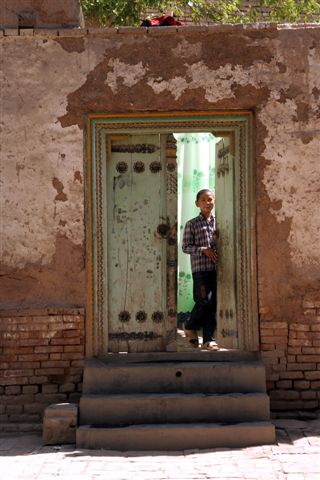 A young boy peers out of the doorway in the Chinese province of Kashgar, where days of rioting have left the area in a state of fear. The tensions between two ethnic groups have led to the recent violence, with the Uighars campaigning for independence from the Chinese government.
A young boy peers out of the doorway in the Chinese province of Kashgar, where days of rioting have left the area in a state of fear. The tensions between two ethnic groups have led to the recent violence, with the Uighars campaigning for independence from the Chinese government.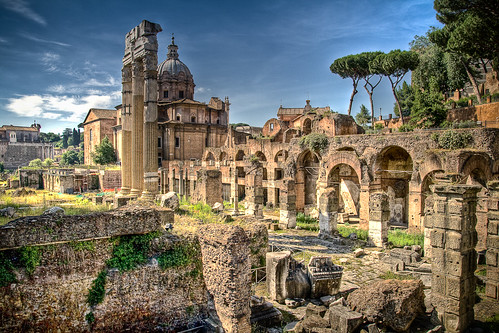
 Last week I used Google Earth to show you a tour around the
Last week I used Google Earth to show you a tour around the 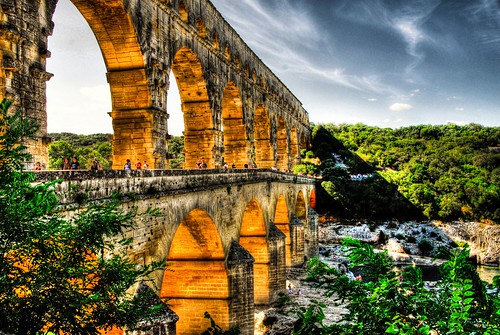
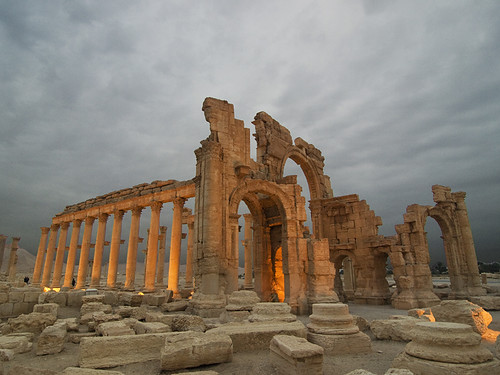
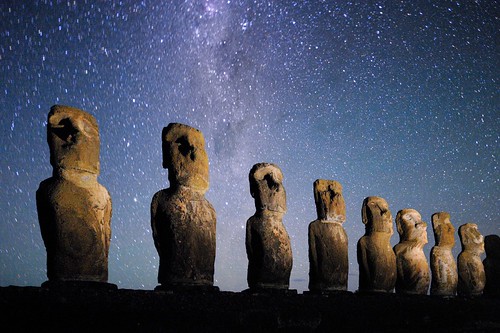
 Google Earth allows us here at Heritage Key to take your bog-standard map and
Google Earth allows us here at Heritage Key to take your bog-standard map and